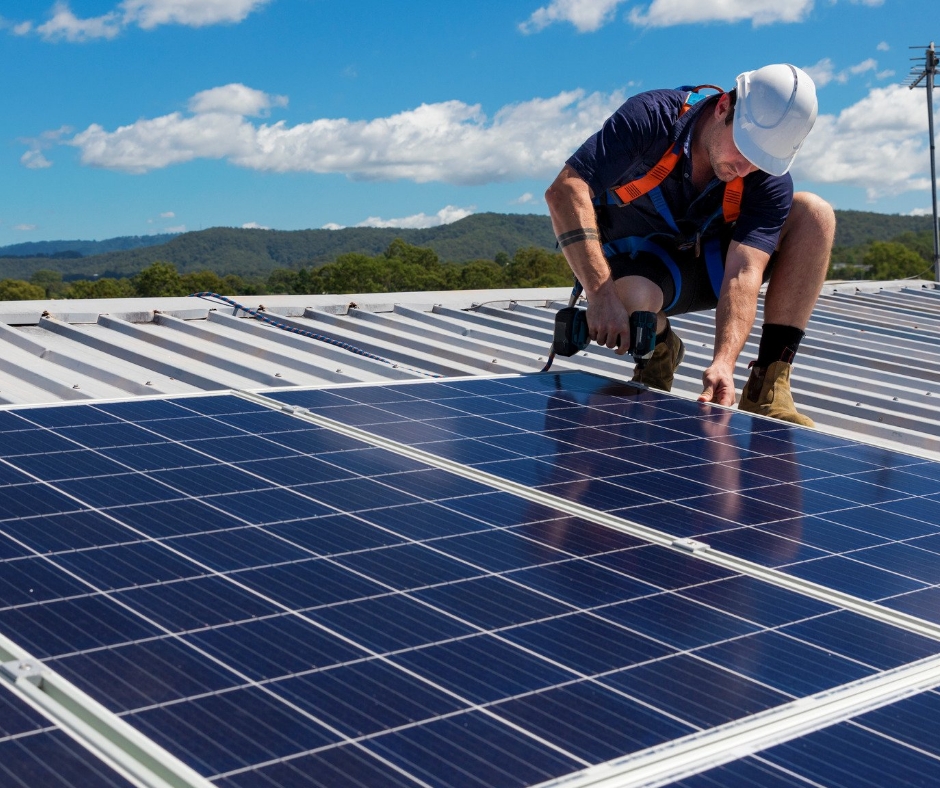
The solar panel that sits on your roof or your neighbour’s roof and you are thinking about buying, is a generator of DC electrical power. We have already outlined the process that makes solar panels work in earlier articles and we encourage you to refer back to them to understand how electricity is generated and transformed into usable current for your home or business.
But whether you are trying to make the most of your home solar power system or whether you are sizing the possibility of installing residential solar power systems in your premises, understanding how to measure them efficiently is key to saving on your energy bill as much as possible.
In a nutshell: after you buy solar power panels your solar energy provider will install bi-directional meters that will monitor the power drawn from your own home solar power system and record the amount of extra electricity generated by your system which is fed back into the global grid.
But let’s go step by step.
Step 1. Understanding types of solar energy measurements
Solar energy measurements are classified according to the type of energy produced – on the one hand, photovoltaic energy produces electricity, while solar thermal energy heats your water at home.
The energy output of these two different systems is expressed by the amount of solar radiation that reaches the absorbent surface – in the case of your hot water tank that will be its solar collector while in the case of your solar panel, the surface that absorbs the energy from the sun is your PV cell.
Step 2. Understanding Measuring Units
The DC electrical power wattage generated by your solar cells is the product of voltage and current and it depends on the resistance of the electrical load connected to it. But before continuing with the process of measuring energy production and output, it’s important to clarify the different types of units used:
- Power or Electricity is measured in units of Watts,
- Voltage is measured in units of Volts,
- Current is measured in units of Amps,
- Resistance is measured in units of Ohms.
- Solar thermal energy is measured in British thermal units (Btu)
Step 3. Measuring Solar Photovoltaic Energy
Since solar thermal energy is not the focus of this article, we’ll concentrate on clarifying how solar photovoltaic energy is measured.
Surely you are already familiar with the way your electricity is calculated, having read (and probably having been shocked) by numerous electricity bills in the past.
So, as you would recall, the standard electricity measurement is the Watts, with one thousand Watts in a Kilowatt. Your utility bill, tends to show your energy usage in terms of kilowatt-hour (kWh), that is how many thousand watts of electricity are consumed in one hour.
When it comes to solar panels, we too measure the amount of energy produced by the panel in kWh but in this case, the measurement is represented as kWh per square metre of panel surface.
In order to find out how much revenue your solar panel installation will be generating from your government’s Solar Feed-in Tariff, you need to know the power rating of your system (kilowatts, or kW). Most PV solar panels are labelled with their peak power output – this is the maximum power (measured in Watts) which that particular panel can generate in full sunlight conditions.
It is important to keep in mind that the number of amps of electricity your solar panel will produce depends on a number of different factors including:
- Its power,
- The amount of solar radiation it receives and,
- The features of the circuit to which the panel is connected.
However, for clarity sake, let’s say your new or existing unit is rated at 1kW, this means that it would be using 1 kWh of energy when operating for an hour and generating approximately 1,000 kWh per year in cloudy regions, and almost double in sunny climates.
The easiest way to measure your house solar panels’ output is to keep a constant tap on the bi-directional meters installed by your solar energy provider in Australia. Most of them will supply you with two different boxes, one monitoring the power drawn from your own home solar power system and the other recording the amount of extra electricity generated by your system which is fed back into the global grid.
Your solar energy supplier of choice will almost surely set up you solar PV installation as a net-metered configuration.
What does this mean?
It means that the electricity produced by your solar PV system will first be driven to your property and used to supply your energy requirements. Then, whatever amount of excess is available will be exported to the network. If you want to think of it visually, the meter will spin forward when drawing electricity for your household and backward when your system is providing power to the grid.
If the meter winds back, it’s good news for you as the provider will end up paying you the retail price for that amount of energy. If you use more electricity from the grid than the amount you feed back in a month, you pay the retail price for that extra amount.
All this back and forth in your meter will be read quarterly by your energy supplier. Some of them will let you carry over any extra electricity your system generates to the next month, something that is of great benefit to households with significant variations in monthly production (generally due to the weather).
It’s a lot simpler than what it seems.
So when it’s time to buy solar power panels for your home, make sure you know exactly what type of system works best for your requirements and how to measure its performance.
Information is your best ally.
